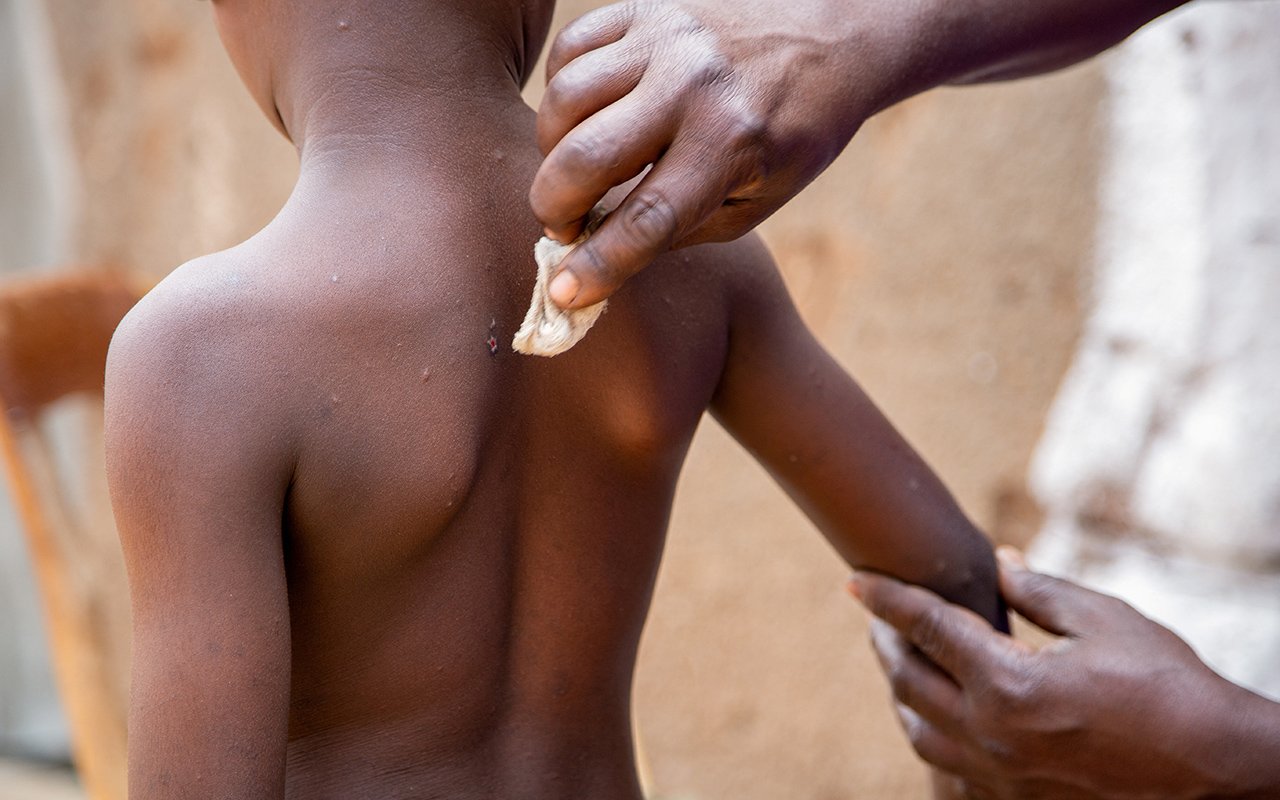Prime
Health experts camp in Mubende over Rift Valley Fever outbreak

A mosquito. PHOTO/FILE/COURTESY
What you need to know:
“We are wondering where it has come from, and how it entered the district. The truth is that the place where there is an outbreak has pastoralists. Maybe someone (one of the pastoralists) had visited a certain place and brought the disease,” Mr Muhereza
Officials from Mubende district said health personnel intensified investigations to determine the source and extent of the spread of Rift Valley Fever (RVF), following the death of one infected person.
The viral disease, according to a research report by Uganda Virus Research Institute (UVRI) scientists, can kill up to 60 percent of hospitalised patients, signaling its deadliness.
Mr Michael Muhereza Ntambi, the Mubende district chairperson, told Monitor that a team of health experts is on the ground to engage the public about prevention and other investigations.
“We have received that [information] and after knowing that, we sent a surveillance team because we have a district surveillance team, you know that we had Ebola before. So, the team went on the ground, they are confirming and sensitising the community,” he said.
“But today we are going to have a meeting with the top district leaders which doubles as the committee for those unexpected diseases [district taskforce]. The person who died [of RVF in Mubende] is a man from Kigando sub-county, Kiyonga parish,” he added.
Asked whether they have already identified contacts of the deceased, he said: “We are still studying the situation, and that's why the surveillance team is there. At first, we wanted to know how it is transmitted. We also want to know whether there are other infected people and the source.”
“We are wondering where it has come from, and how it entered the district. The truth is that the place where there is an outbreak has pastoralists. Maybe someone (one of the pastoralists) had visited a certain place and brought the disease,” Mr Muhereza added.
According to scientists, RVF is a zoonotic viral disease (can spread from animals to humans and vice versa) of increasing intensity among humans in Africa and the Arabian Peninsula. It is caused by a virus carried by mosquitoes that can spread to livestock or people.
“People get RVF through contact with blood, body fluids, or tissues of infected animals. People also get RVF through bites from infected mosquitoes. Most people with RVF get better without treatment,” information from the American Centers for Disease Control and Prevention reads.
60% death rate
A 2024 study report by Zacchaeus Anywaine from the Uganda Virus Research Institute (UVRI) and colleagues, shows that Rift Valley fever (RVF) is associated with high hospital-based mortality, severe and prolonged morbidity (suffering from the disease) among humans that present to the health care system and are confirmed by polymerase chain reaction PCR. A total of 40 cases, reported between 2017 and 2020 were investigated in this study.
“Twenty-eight (70 percent) cases were hospitalised, out of whom 18 (64 percent) died. Mortality was highest among admissions in regional referral (11/16; 69 percent) and district (4/5; 80 percent) hospitals, hospitalised patients with bleeding at case detection (17/27; 63 percent), and patients older than 44 years (9/9; 100 percent),” the report reads.
Researchers noted that survivors mostly manifested a mild gastro-intestinal syndrome (stomach and intestine problems) with nausea (83 percent), anorexia (75 percent), vomiting (75 percent), abdominal pain (50 percent), and diarrhoea (42 percent).
“Prolonged symptoms of severe disease including jaundice –yellowing of the skin or white of the eyes (67 percent), visual difficulties (67 percent), epistaxis –nasal bleeding (50 percent), haemoptysis –coughing up of blood (42 percent), and dysentery (25 percent),” the report reads further.



